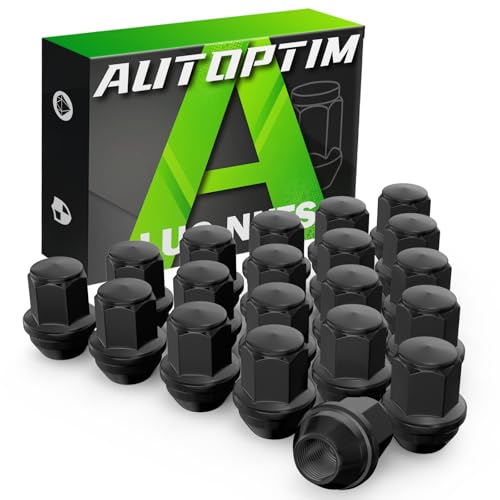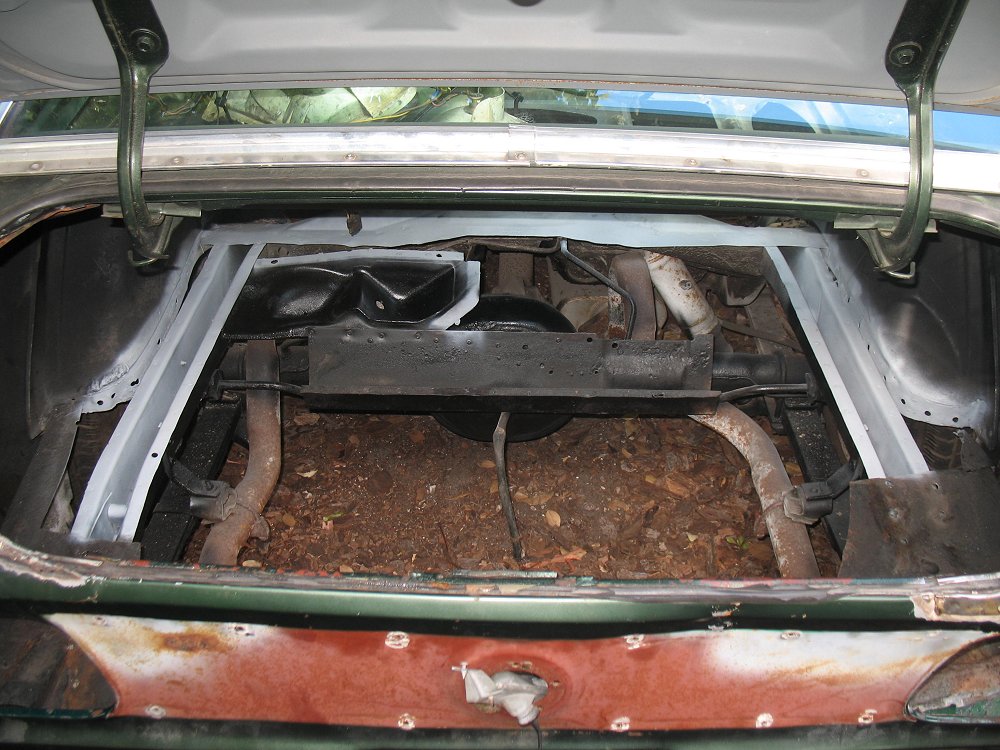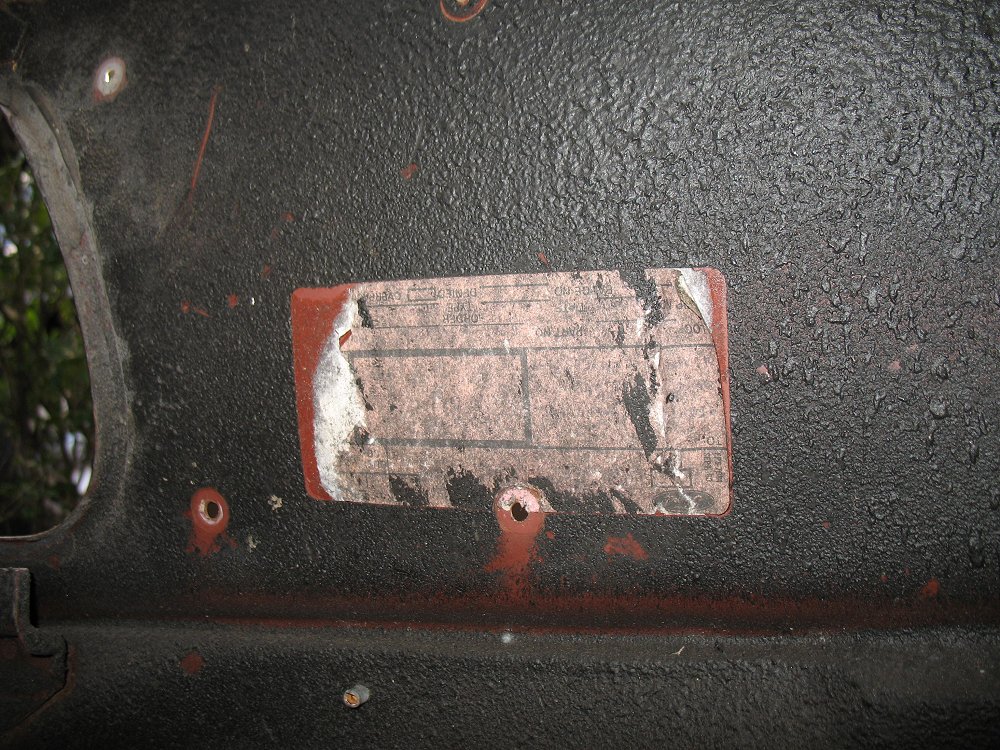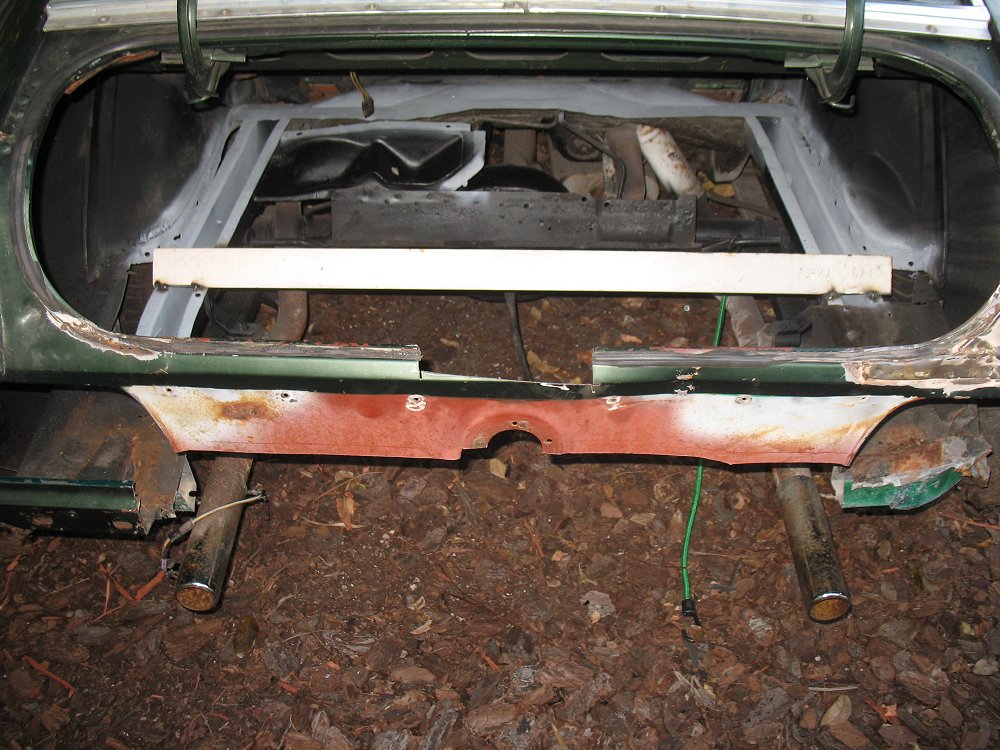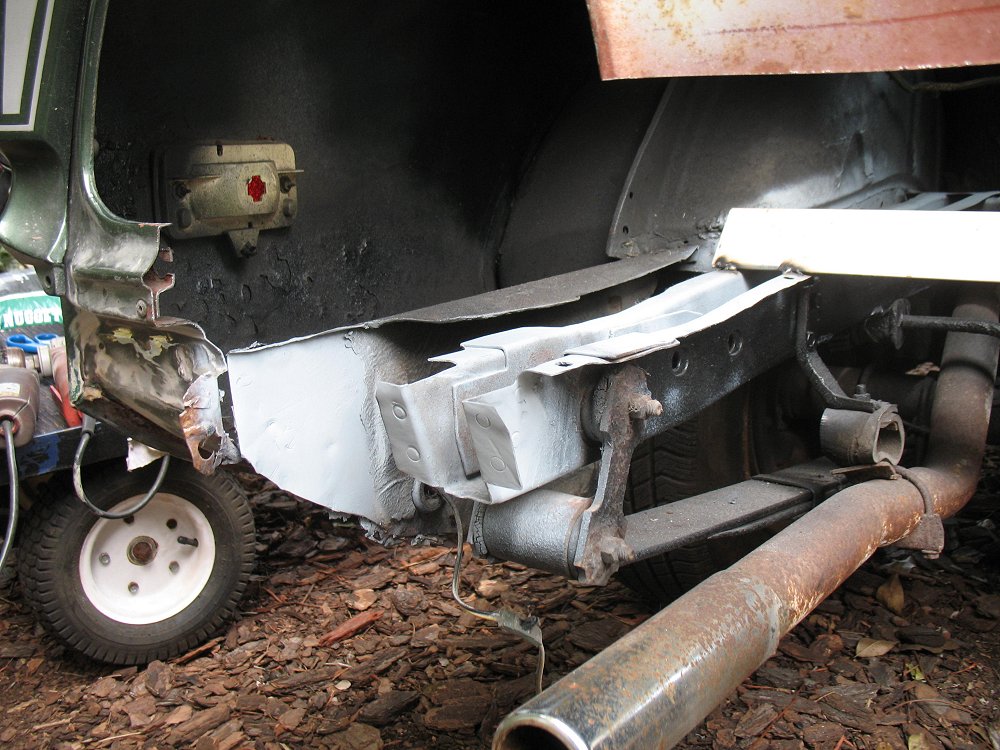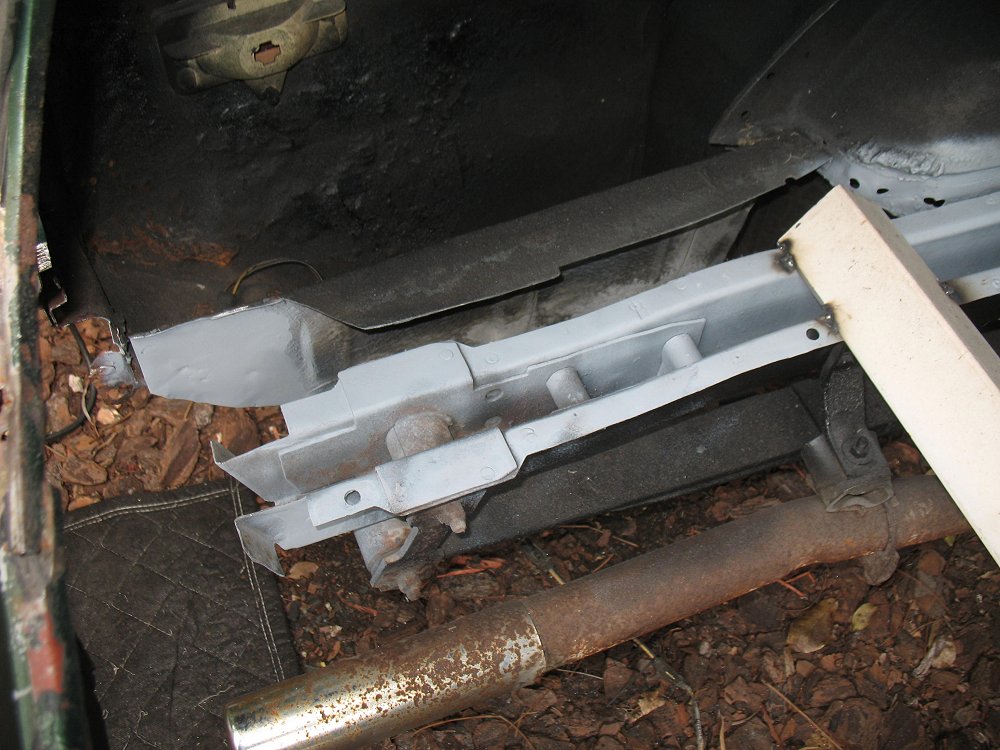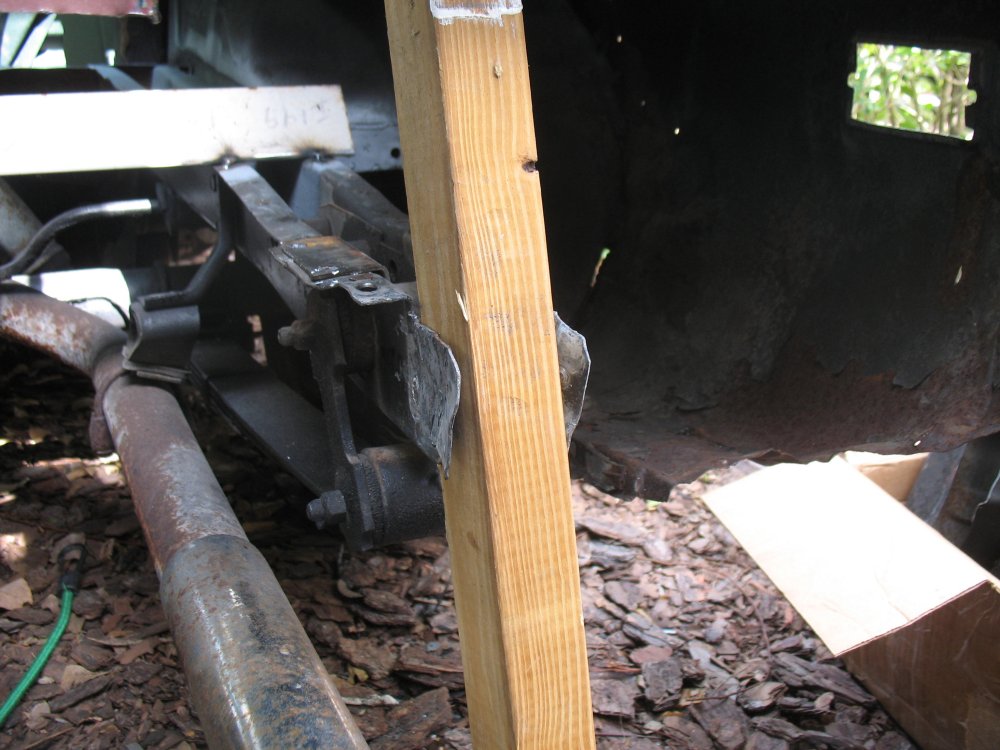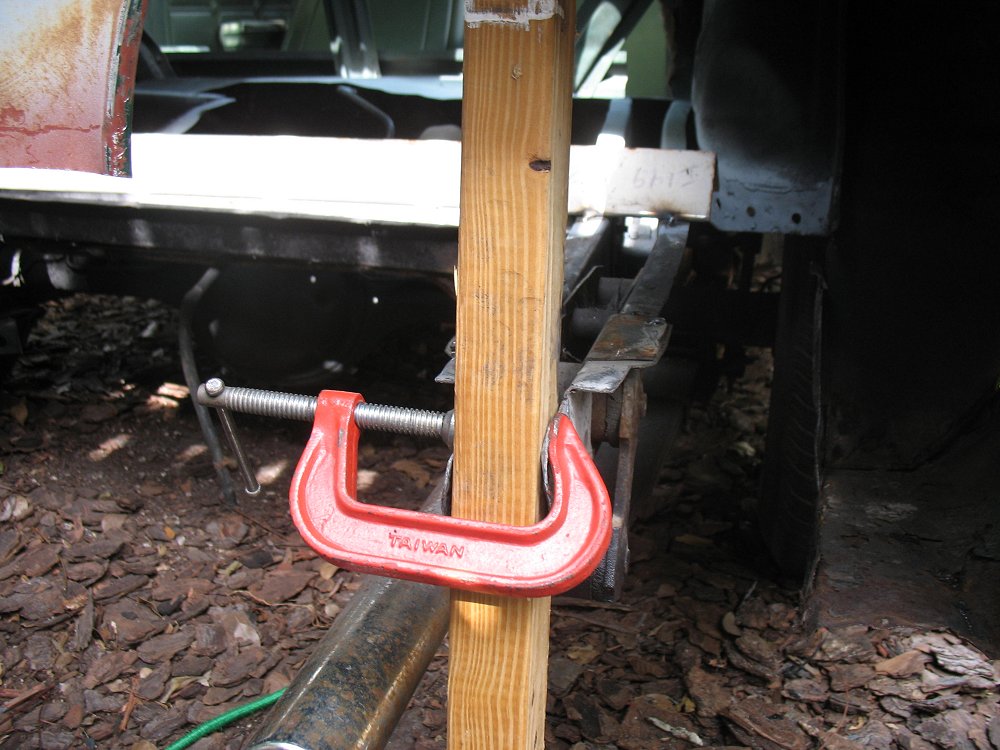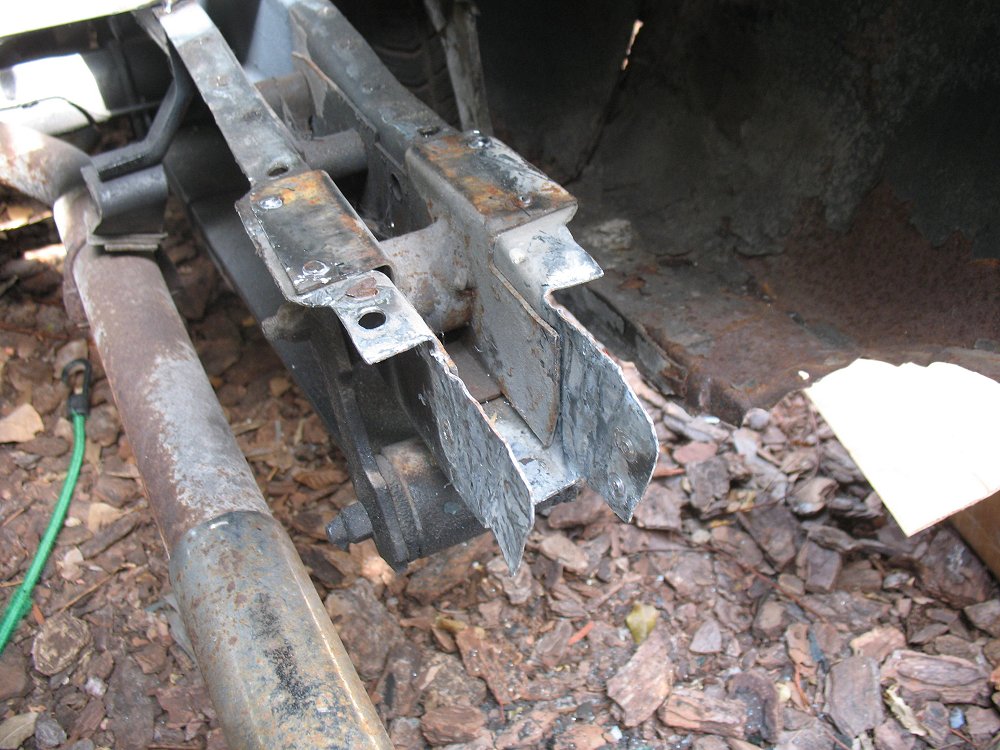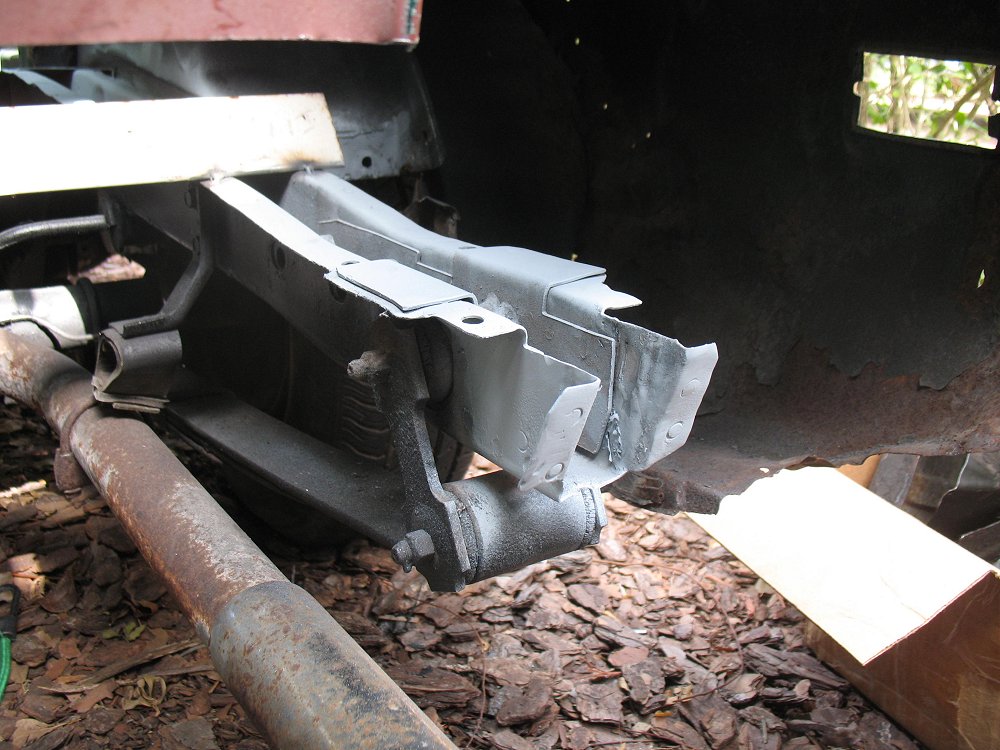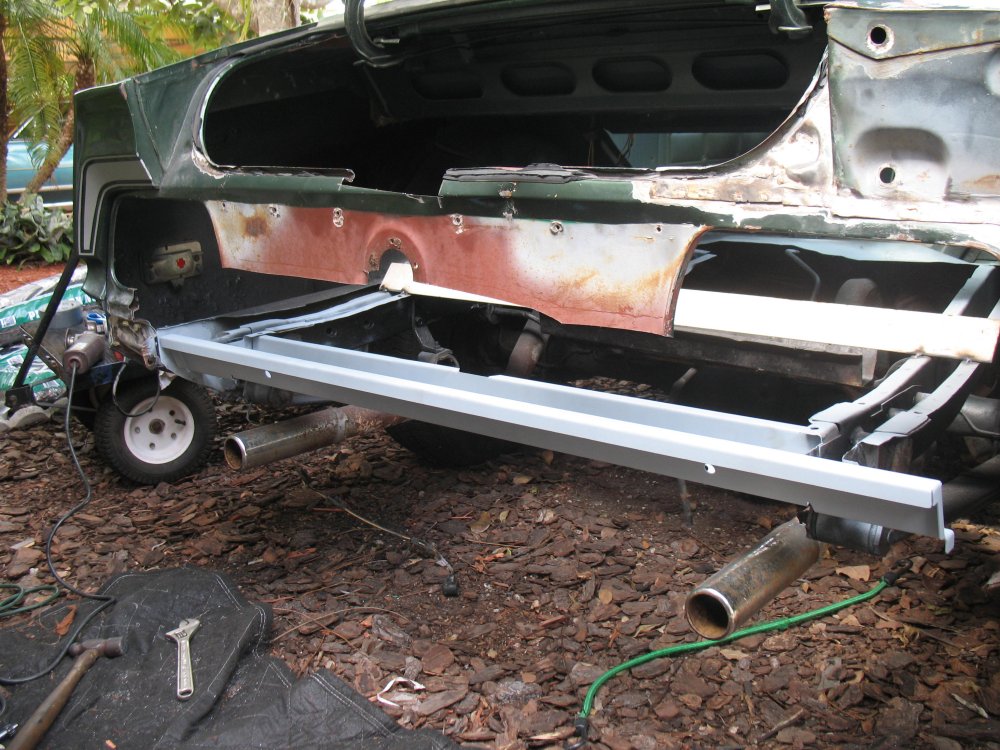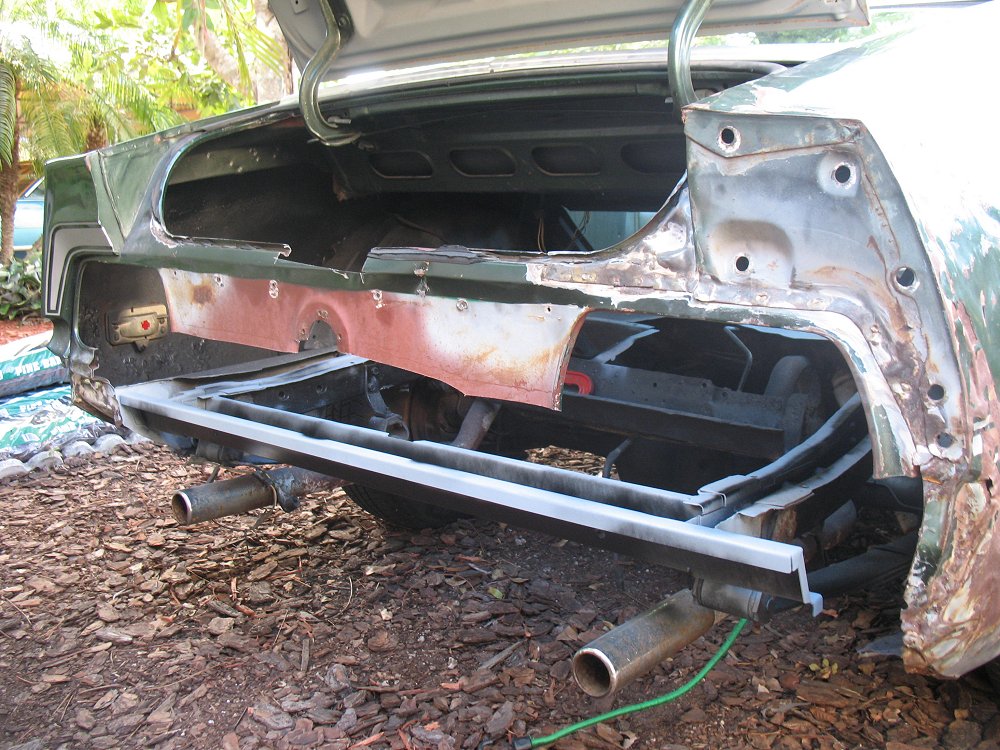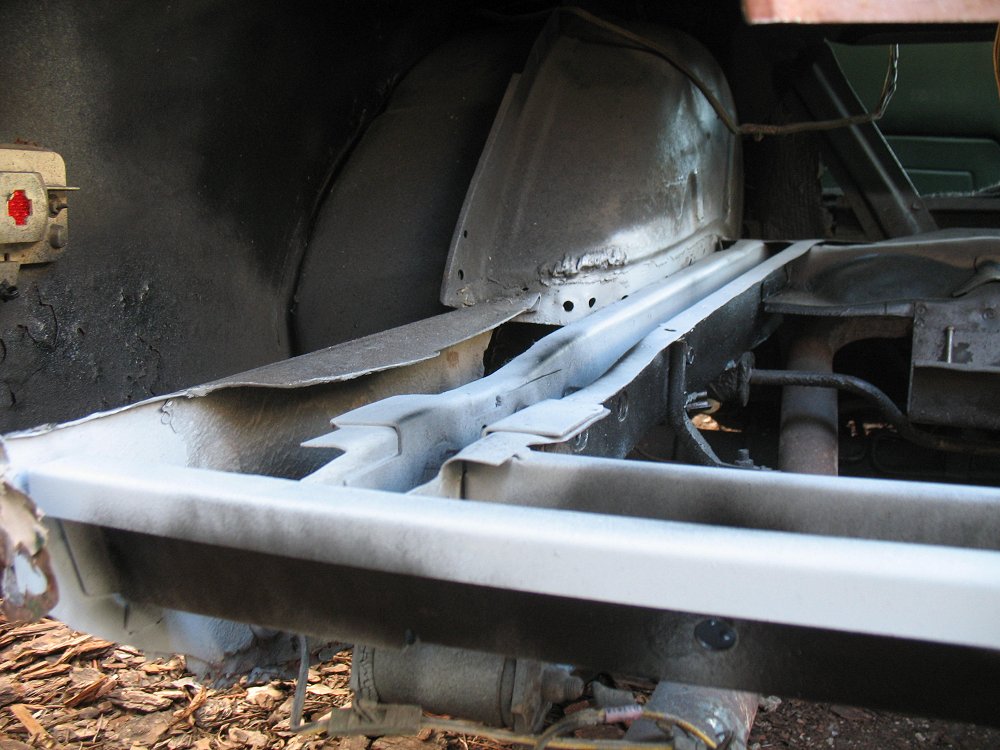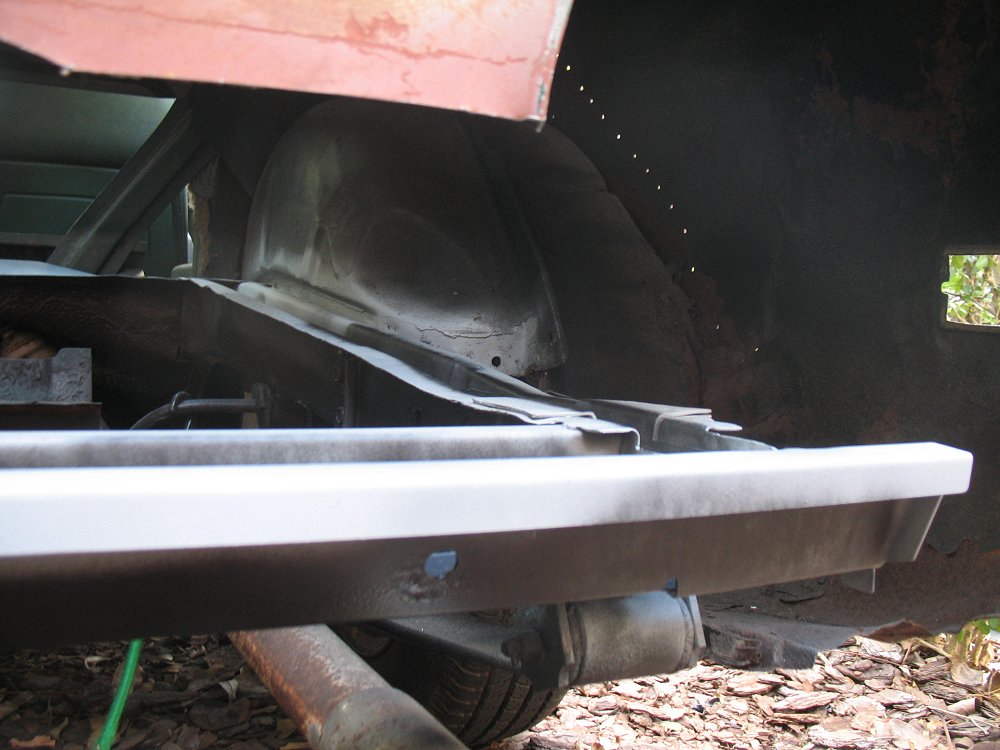- Joined
- Dec 24, 2010
- Messages
- 2,910
- Reaction score
- 70
- Location
- U.S.A.
- My Car
- 1972 Q code Mach 4spd
2004 350z
2005 Corvette
1971 Camaro SS/RS
Take the course..or call any I-car certified collision shop...Ask them if it's ok to to use flux core & gas together when replacing a trunk floor (considered a structural piece) as a approved repair procedure..On the other hand it really doesn't matter..I get the fact that you & your friend the welder are hobbyists having fun building a car the way you guys see fit..For me it was a different story since I did this as a living..When a family came in to my shop I had an obligation to repair their vehicle back to pre accident condition while retaining the built in crumple zones..in other words I could be liable if they got in another accident & my work didn't perform properly to protect them..So by getting certified in the proper repair techniques I felt confident When a Mom who takes her kids in a car I repaired got in an accident..The crush zones / work I performed would protect them as designed from the factory...bottom line..if using flux core & gas together was safe good repair technique you would see all shops using it..They don't & It would be taught in training for techs..Your not gonna tell me your pal knows better than I-Car..Who by the way if you look at the web site does training for o.e.m.'s He may have years of experience welding..but he doesn't have years of working in the collision industry..Go take a Class you might be surprised what you learn..Sorry, still can't find it.I-Car..the standard of the collision industry..NOT an acceptable repair method..
I've not found this! What documentation is this based off of?
http://www.i-car.com/html_pages/training_programs/welding/structural.shtml
I have this certification..
Here's the I-car vision statement from their web site
The I-CAR Vision
The I-CAR vision is that every person in the collision industry, current and future, has the necessary knowledge and skills relevant to their position to achieve a complete and safe repair.
Formed by the collision industry in 1979, I-CAR, the Inter-Industry Conference on Auto Collision Repair, is an international, not-for-profit training organization. All I-CAR activities and resources focus on helping the industry achieve a high level of technical training.
I-CAR develops and delivers technical training programs to professionals in all areas of the collision industry. In addition, I-CAR provides a communication forum for anyone interested in proper collision repair. I-CAR's primary funding is derived from student tuition and services. This assures that I-CAR can remain unbiased in developing programs and services on an industry-wide basis.
I-CAR’s mission is that I-CAR will be the leader in research, development and delivery of quality, convenient, cost-effective educational programs for the collision industry.
We will fulfill our mission by:
Raising the level of knowledge and skills required of individuals involved in the repair process.
Preparing individuals for career opportunities and advancement.
Administering programs to recognize professional achievement.
Improving communication and promoting the value of education throughout the collision repair, insurance, and related industries.
Creating public awareness of a complete and safe repair.


























